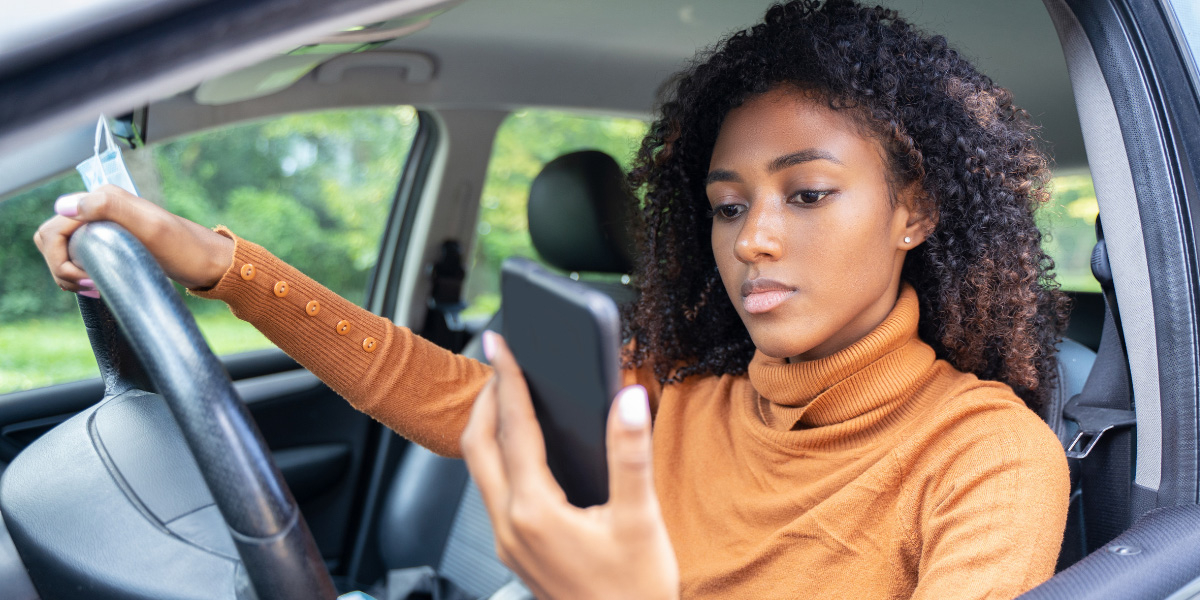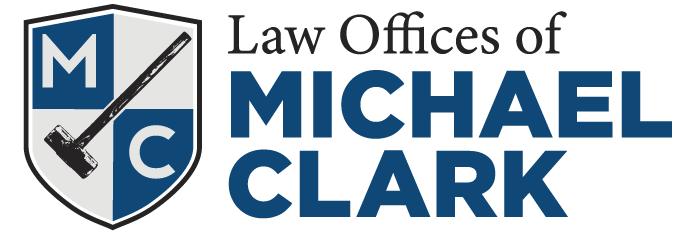
As a parent or guardian of a teenage driver in Washington state, understanding the dangers of distracted driving is crucial for keeping your young driver safe on the road. With the increasing prevalence of technology and other distractions, it’s more important than ever to educate our teens about responsible driving habits.
The Four Types of Driving Distractions
Distracted Driving
Distracted driving involves any activity that diverts a driver’s attention from the road. In Washington, it’s essential to be aware of four main categories of distractions: physical, visual, mental, and auditory.
Examples include:
- Adjusting the radio
- Eating or drinking
- Texting or using your phone
- Changing your seat or mirrors
- Using GPS or maps
Physical Distractions
Physical distractions include anything that requires taking your hands off the steering wheel.
Examples include:
- Checking emails or social media
- Watching videos
- Glancing at signs, billboards, or scenery
- Looking at nearby buildings or attractions
Mental Distractions
Mental distractions occur when your mind isn’t focused on driving safely, like daydreaming or planning events.
Examples include:
- Daydreaming
- Planning events
- Thinking about work or school
- Reflecting on past events
Auditory Distractions
Auditory distractions involve sounds that take your focus away from driving, such as loud music or phone conversations.
Examples include:
- Loud music
- Noisy children
- Phone conversations (even with passengers)
- Ringtone notifications for calls or texts
It’s important to note that distractions often overlap. For example, talking or texting on your phone combines visual, auditory, and physical distractions simultaneously, making it particularly dangerous.
Teen Driving Safety in Washington
Teenagers have a higher risk of fatal crashes, primarily due to inexperience, underdeveloped driving skills, and occasional lapses in judgment. To help keep young drivers safe, Washington state has implemented specific laws for teen drivers, including passenger restrictions for the first six months after obtaining a license and nighttime driving prohibitions during the initial stages of driving.
Parents play a crucial role in ensuring their teenagers comply with these regulations and develop safe driving habits. Understanding and enforcing teen driving laws is the first step. Familiarize yourself with Washington’s teen driving laws and ensure your child follows them. For more information, visit the Washington State Department of Licensing’s Teen Drivers page: https://www.dol.wa.gov/driverslicense/teens.html
Setting a good example is equally important. Demonstrate responsible driving habits when you’re behind the wheel and talk through various driving scenarios and road hazards while driving together. Regularly take your teen for driving practice, even after they’ve obtained their license. This continued experience is invaluable for developing good habits.
Discussing the dangers of distracted driving with your teen is crucial. Educate them about the four types of distractions and the severe consequences of distracted driving. Additionally, ensure proper insurance coverage by consulting with your insurance agent about appropriate coverage for teen drivers and consider adding an umbrella policy for extra protection.
What to Do in Case of an Accident
Despite our best efforts, accidents can still happen. Prepare your teen for such situations by teaching them the following steps: Stay calm and ensure safety, call 911 if there are injuries, gather information from other parties involved, document the scene with photos, contact the police to file a report, notify your insurance company, and seek legal advice if necessary.
For more information on what to do after a car accident in Washington, visit the Washington State Department of Transportation’s website: https://wsdot.wa.gov/travel/safety-and-emergencies/what-do-after-crash
If you or your teen driver has been involved in an accident, don’t hesitate to seek legal guidance. Contact the Law Offices of Michael Clark at 253.499.7856 for a free consultation and expert advice on your rights and options.
Conclusion
By understanding the types of distractions, following state laws, and setting a good example, we can work together to keep our young drivers safe on Washington roads. Remember, safe driving habits start at home and require ongoing education and practice.
Want to learn more about distracted driving laws in Washington? Check out this link from thew Washington State Patrol: https://wsp.wa.gov/crime/report-something/distracted-driving.
If you’ve been injured by a distracted driver in Washington state, our car accident attorneys are here to help. Contact us today to discuss your case and explore your legal options.
